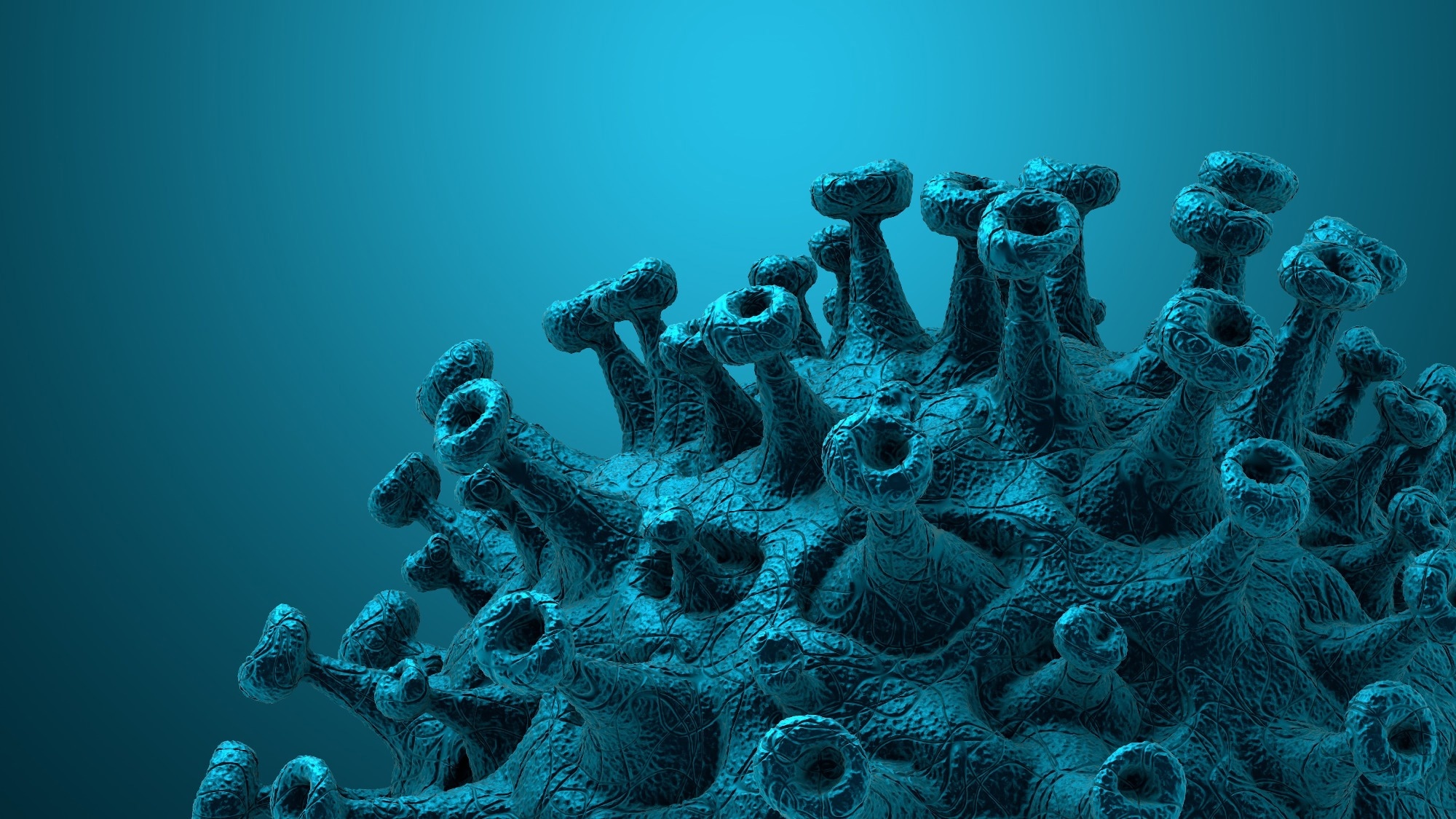In a recent study posted to the bioRxiv* preprint server, researchers assessed the impact of ceramide (CER) and cholesterol (CHOL) on membrane fusion mediated by the severe acute respiratory syndrome coronavirus 2 (SARS-CoV-2) spike protein.
 Study: Cholesterol and ceramide facilitate SARS-CoV-2 Spike protein-mediated membrane fusion. Image Credit: CROCOTHERY/Shutterstock.
Study: Cholesterol and ceramide facilitate SARS-CoV-2 Spike protein-mediated membrane fusion. Image Credit: CROCOTHERY/Shutterstock.

 *Important notice: bioRxiv publishes preliminary scientific reports that are not peer-reviewed and, therefore, should not be regarded as conclusive, guide clinical practice/health-related behavior, or treated as established information.
*Important notice: bioRxiv publishes preliminary scientific reports that are not peer-reviewed and, therefore, should not be regarded as conclusive, guide clinical practice/health-related behavior, or treated as established information.
Background
SARS-CoV-2 entrance into host cells is facilitated by the spike (S) protein. The S protein comprises two subunits: S1, which causes host cell binding by interacting with the angiotensin-converting enzyme-2 (ACE-2) receptor, and S2, which initiates membrane fusion between the host and viral membranes. Fusion by S2 depends on its repeat domains, which bring membranes together, as well as its fusion peptide (FP), which interacts with and triggers the membrane structure to initiate fusion. Studies have indicated that ceramide and cholesterol lipids present in the cell surface may aid SARS-CoV-2 entrance into host cells; however, their specific mode of action is yet uncertain.
About the study
In the present study, researchers employed in vitro liposome-liposome and in situ cell-cell fusion tests to investigate the lipid determinants involved in SARS-CoV-2 S-mediated membrane fusion.
The ability of FP1 and FP2 present in the SARS-CoV-2 S protein to promote the fusion of two liposome groups by simulating viral envelope (v-liposomes) and cellular membranes (c-liposomes), respectively, was used to assess their fusion activity in vitro. The team utilized synthetic peptides having a C-terminal His6 tag that allowed chemical binding to nitrilotriacetic acid-nickel (NTA-Ni) lipids within the liposome membrane. A fluorescence resonance energy transfer (FRET)-based lipid mixing test was used to assess fusion. The study used v- and c-liposomes consisting only of phosphatidylcholine (PC) lipids.
To examine the impact of cellular membrane lipid content on FP1-mediated fusion, the team assessed the fusion between v-liposomes containing just PC lipids and c-liposomes comprising CER and CHOL lipids, which were recently reported to promote SARS-CoV-2 infection. In addition, phosphatidylethanolamine (PE) lipids were added to the membrane of the c-liposome to resemble the lipid content of the outer leaflet of plasma membranes more closely.
Since it is known that high membrane curvature stimulates fusion, the team investigated c-liposomes size concerning their lipid content using multi-angle dynamic light scattering. On FP1-mediated membrane fusion, the effect of the antipsychotic (AP) drug chlorpromazine (CPZ), which is known to have an affinity towards lipidic phases, was tested.
Results
A subpopulation of v-liposomes was found to have NTA-Ni lipids in their bilayer, while the c-liposomes did not. This facilitated the exclusive anchoring of FP1 and FP2 to the v-liposome surface. Under the same experimental settings, FP1 promoted a strong fusion of PC v- and c-liposomes, while FP2 had no discernible effect. Moreover, no fusion was noted when FP1 was introduced to v-liposomes devoid of NTA-Ni lipids, showing that FP1 must be membrane-anchored to trigger lipid mixing within the study system.
PE and CHOL combined in the c-liposome membrane greatly boosted FP1-mediated fusion, but only PE or CHOL did not affect fusion. Inclusion of CER in the membrane of c-liposomes enhanced fusion mediated by FP1 further. To induce fusion between v-liposomes and c-liposomes in all investigated lipid compositions, FP1 was required to be attached to the v-liposome membrane. Fusion mediated by FP2 rose significantly upon alteration in the composition of the c-liposome membrane lipid. Still, it remained low and comparable to the fusion background without a fusion peptide. Notably, the presence of PE within the c-liposome membrane stimulated fusion events which either were or were not driven by fusion peptides. This is consistent with the well-established function of PE lipids as membrane fusion promoters.
The team discovered that the lipid composition of c-liposomes did not impact their size distribution considerably. Notably, c-liposomes consisting primarily of PC lipids were smaller than c-liposomes with more complicated lipid compositions. Robust FP1-mediated membrane fusion detected in the presence of either CHOL or PE, CHOL, and CER was deemed not related to excessive membrane curvature in c-liposomes. CPZ prevented FP1-mediated fusion among c- and v-liposomes and generated a comparable reduction of approximately 40% in the extent of fusion corresponding to all the tested lipid compositions.
Conclusion
The study findings showed that the membrane-anchored fusion peptide FP1 present in the SARS-CoV-2 S protein facilitated the fusion of protein-free liposomes with membrane-anchored liposomes. In contrast, the fusion peptide FP2 could not induce the fusion of v- and c-liposomes. The researchers believe that the potential benefits of anti-fusogenic synthetic HR2 peptides must be evaluated in clinical trials involving humans. Concerning this approach, the present study implies that amphiphilic compounds with a planar shape, like CPZ, could be efficient SARS-CoV-2 infection inhibitors due to their capacity to alter the membrane structure.

 *Important notice: bioRxiv publishes preliminary scientific reports that are not peer-reviewed and, therefore, should not be regarded as conclusive, guide clinical practice/health-related behavior, or treated as established information.
*Important notice: bioRxiv publishes preliminary scientific reports that are not peer-reviewed and, therefore, should not be regarded as conclusive, guide clinical practice/health-related behavior, or treated as established information.